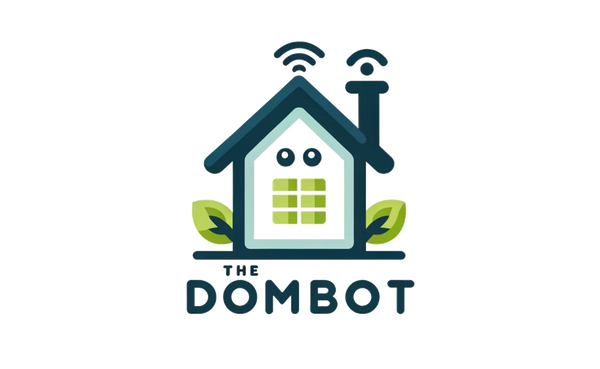Collection: Raspberry Pi & Home Assistant: Smart Home Automation Made Easy
Raspberry Pi: The Tiny Computer That Runs Your Home (And Maybe Your Life)
Hey there, tech-savvy homebodies! Today we're diving into the world of Raspberry Pi and Home Assistant, a pairing that's about to make your home smarter than your neighbor's (sorry, not sorry!).
The Raspberry Pi: A Tiny Computer With Big Dreams
Think of the Raspberry Pi as the Swiss Army Knife of the tech world. It's a tiny, affordable computer that can do everything from running your home automation to playing retro games. And yes, it's even small enough to fit in your pocket (though it might be a bit heavy for your jeans).
Now, you might be thinking, "Why would I need a tiny computer for my home?" Well, my friend, the Raspberry Pi is the brains behind Home Assistant, a software that turns your home into a smart, automated wonderland.
Home Assistant: The Brains Behind Your Smart Home
Home Assistant is like the conductor of your home's orchestra. It brings all your smart devices together, allowing you to control them from a single interface. Imagine turning on your lights, adjusting your thermostat, and even locking your doors, all with a tap on your phone. It's like magic, but with less smoke and mirrors (and more code).
Raspberry Pi and Home Assistant: A Match Made in Tech Heaven
So, how do these two tech titans work together? Well, the Raspberry Pi acts as the physical brain of your Home Assistant setup. It runs the software, connects to your devices, and makes sure everything runs smoothly. It's like the engine of your smart home, keeping everything humming along.
Choosing Your Raspberry Pi: A Tale of Two Models
Now, you might be wondering, "Which Raspberry Pi should I get?" Well, that depends on your needs and budget. Here's a quick rundown of the two most popular models for Home Assistant:
Raspberry Pi 3: The OG of Home Automation
- Pros: Affordable, widely available, and powerful enough for most Home Assistant setups.
- Cons: Slightly slower than the Pi 4, and lacks the latest features.
Raspberry Pi 4: The New Kid on the Block
- Pros: Faster processing, more RAM, and built-in WiFi and Bluetooth.
- Cons: More expensive than the Pi 3, and might be overkill for basic setups.
For most people, the Raspberry Pi 3 is a great starting point. It's affordable, reliable, and can handle most basic Home Assistant tasks. But if you're planning on running a lot of demanding applications or have a large number of devices, the Pi 4 might be a better choice.
Setting Up Home Assistant on Your Raspberry Pi: A Step-by-Step Guide
Don't worry, setting up Home Assistant on your Raspberry Pi isn't as complicated as it sounds. There are plenty of resources available online to guide you through the process. Here's a quick overview:
- Get your Raspberry Pi and a microSD card. You'll need a microSD card to store the Home Assistant operating system.
- Download the Home Assistant image. You can find the latest image on the Home Assistant website.
- Flash the image to your microSD card. You can use a tool like Etcher to flash the image.
- Connect your Raspberry Pi to your network. You'll need to connect your Pi to your router using an Ethernet cable or WiFi.
- Access the Home Assistant web interface. Once your Pi is up and running, you can access the Home Assistant web interface by entering the IP address of your Pi in your web browser.
And that's it! You've now got a fully functional Home Assistant setup running on your Raspberry Pi. Now, go forth and automate your home!
Home Assistant: More Than Just a Smart Home
Home Assistant is more than just a way to control your lights and thermostat. It can also be used for:
- Security: Set up motion sensors and cameras to monitor your home.
- Energy management: Track your energy usage and optimize your home's energy efficiency.
- Entertainment: Control your music, TV, and other entertainment devices.
- Automation: Create custom automations to make your life easier, like turning on the lights when you arrive home or setting the thermostat based on the weather.
The possibilities are endless! With Home Assistant, you can truly make your home work for you.
Conclusion: Raspberry Pi and Home Assistant: A Winning Combination
So, there you have it! The Raspberry Pi and Home Assistant are a powerful combination that can transform your home into a smart, automated haven. Whether you're a tech enthusiast or just looking for a way to make your life easier, this duo is definitely worth checking out.
And remember, if you're ever feeling overwhelmed, just ask yourself, "What would a smart home do?" The answer might surprise you.
